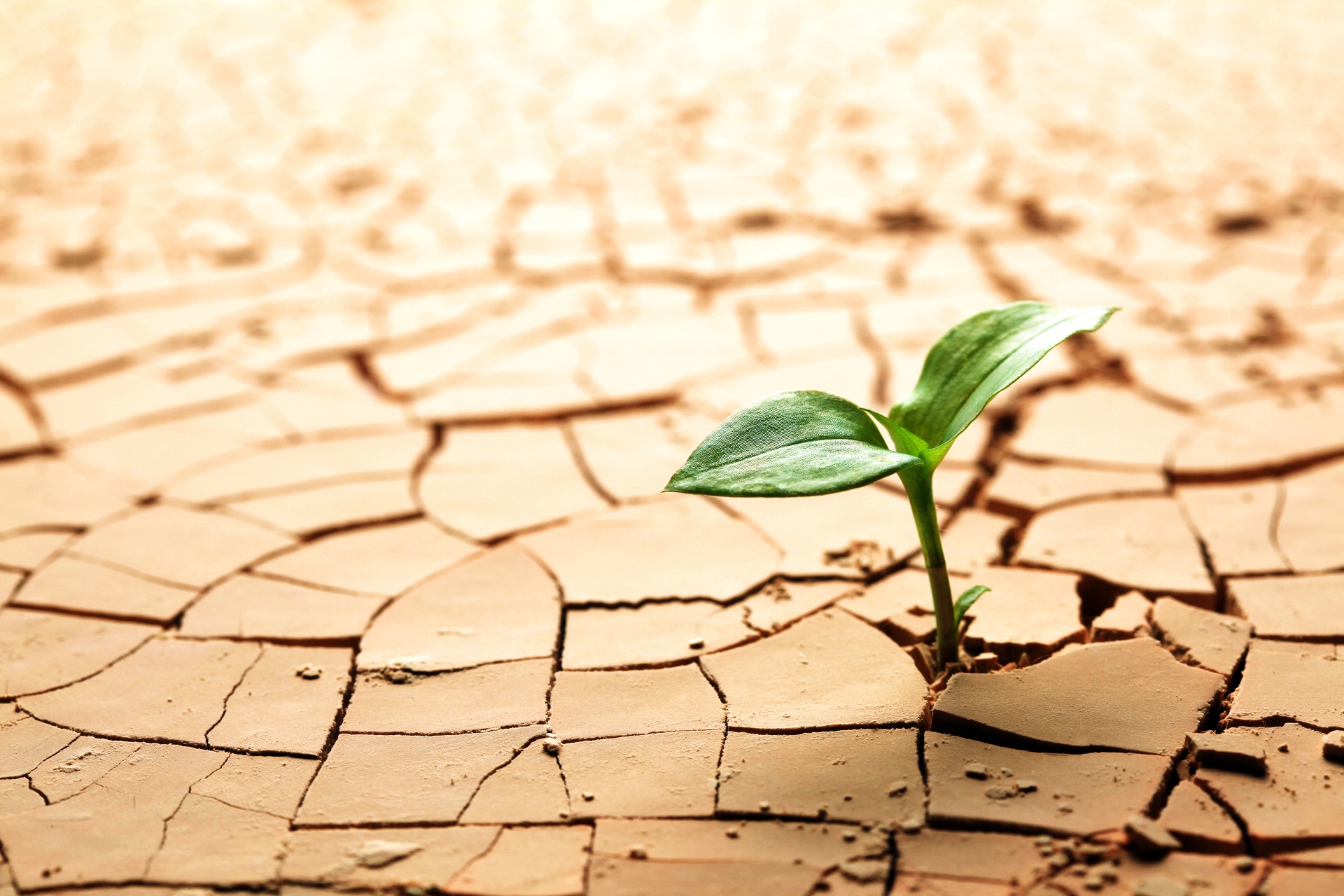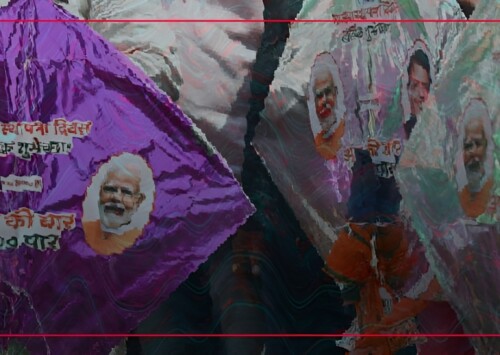Drought Management in India
Biz@India

The judges criticised the states for being hesitant to declare drought and failing to disclose the reality
On May 11, the Supreme Court of India directed the government and some Indian states to forgo the current drought management system in the country and build a plan that is transparent and based on rules, to address a dramatic situation in many rural areas.
As many Indian states witness severe drought conditions and more than a quarter of the country’s population continues to be affected by drought, the Supreme Court has ordered the government to build a new, clear and rules-based drought management system and to set up a National Disaster Mitigation Fund within three months.
A case came up in the Supreme Court through a Public Interest Litigation (PIL) filed by Swaraj Abhiyan, a political organisation in India that arose from a meeting of supporters of Yogendra Yadav and Prashant Bhushan following the expulsion from the Aam Aadmi Party. The organisation requested the court to interfere in the predominant drought situation in the country and direct governments to implement employment and food security schemes.
The court ordered the government to implement provisions of the National Disaster Management Act and ensure that a national policy for drought is framed under it. The new methods will suggest a standard approach and time-frame for declaring drought in the country.
According to the orders of the Supreme Court, there is no need to continue with colonial methods and manuals that follow a colonial legacy. It directed the centre to be proactive, to make use of modern technologies for early pronouncements of drought and to take care of factors like migration, suicides and situation of women and children while formulating policies.
As per the orders, the existing drought management manual of 2009 will also be revised by the end of the year and it will clearly indicate the time frame for declaring drought, future plan of prevention, preparedness and mitigation and also lay down specific parameters such as rainfall and crop loss and their weightage for coming at a decision.
Reluctant dry states
The Supreme Court ordered the union agriculture secretary to meet the chief secretaries of Bihar, Gujarat and Haryana and make an appeal in front of them to declare drought in parts of the states.
The judges also criticised the states for being hesitant to declare drought and failing to disclose the reality. Though Gujarat accepted a drought towards the end of the hearing in April, but Bihar and Haryana continue to deny the situation.
“What we need now are urgent relief orders. The courts should sense the emergency as governments are slow to respond, and the plight of the drought-hit will disappear from public discourse once the monsoon starts,” said Devinder Sharma, agriculture policy analyst and convenor of Kisan Ekta, a confederation of farm unions.
According to the order, there is no loss of face or prestige or dignity in the state government declaring a drought if it is warranted, although succour to the distressed might be too late in the day.
The south-west monsoon that irrigates more than half of India’s crop area, recorded a 14 pc deficit, while the previous year saw a 12 pc deficit. As a result, 266 districts in 11 Indian states have been declared drought-hit.









